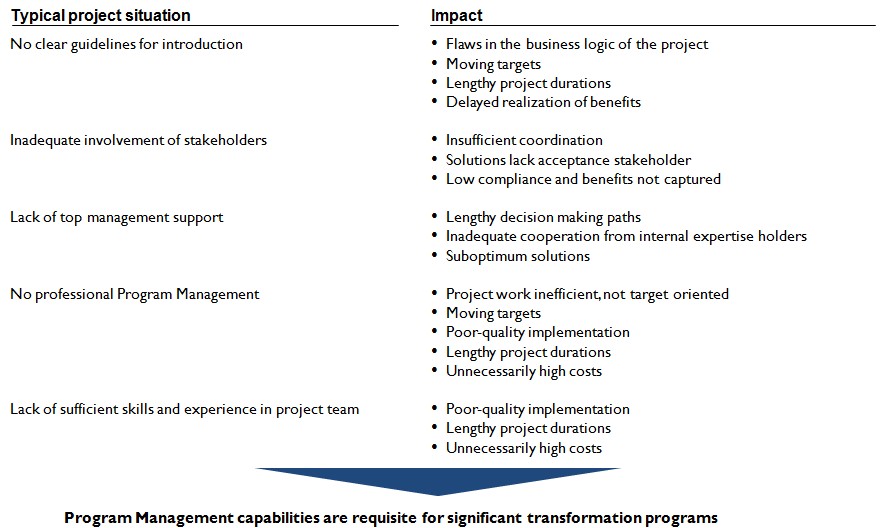After a relatively quiet 2012 on the penetration testing (PenTest) front, we’ve got quite a number of requests on our penetration testing services in the first month. A lot of clients we speak to don’t really have an idea of what a penetration testing exercise should be. Many of them expect us to do stress testing, load testing and basically all the scope that a QA/QC group should be doing for their software development. We do that as well, but that’s slightly different from a penetration test. Slightly here means, related, but with different objectives. Some pentest scope does have stress test elements, such as breaking the system with DDOS. In other words, the objective is to expose weaknesses and vulnerabilities, as well as to create exploitations, either through a conceptual or practical standpoint on these vulnerabilities.
The first thing to do is to define the objectives and scope. Most companies we’ve dealt with prefers a quick assessment to see immediate weaknesses. While there is nothing wrong with this, as pentesters, we must make our clients realise that this is simply a snapshot vulnerability and it’s not a catch-all. Scoping is usually done with a meeting with the business owners. IT infrastructure can be very large and complex. To pentest the entire infrastructure is obviously not practical, so we need to define a narrower scope based on risks and sensitivity of data. It’s a lot like our IT audits. We establish our audit universe and our incoming points, and then run our pentest exercise against it. Another scope is to establish the type of pentest. We’ve done pentest emulating disgruntled employee with authorised access looking to escalate privileges or remove data. We’ve simulated as script kiddies aiming for a take down on resources and DOS attacks. We’ve simulated concentrated attacks on a group of IP addresses, utilising OSSTMM methodology. Recently we just completed an OWASP Top Ten Web app penetration testing. We’ve had another where multiple attack vectors were looked into, such as HR weaknesses, process weaknesses and a vulnerable FTP server where other attacks can be launched from.
Mostly, the scope will be determined by cost and time. Due to the non-regulated world we live in, most companies won’t want to spend too much on a penetration testing exercise. This is unfortunate, because usually, only after we give our presentation of report, do people realise, “Man, we have all these problems??”
Another point is to define the rules of engagement. Unlike other engagements, penetration test is high risk. It’s controlled, but it’s still simulating an attack. In many apps we’ve tested, we’ve found that they have NEVER gone through any QA/QC testing in the first place. In one engagement, our benign scan brought down the whole HA cluster. Luckily, our Rules of Engagement was already in place, to do testing in a non-peak hour and had a standby team, and we brought back up the systems with no significant impact. Still, it highlights the criticality of treating the pentest exercise with utmost seriousness. We cannot determine how systems will react to our exercise 100%, but we can draw boundaries. For instance, in one project, we were only allowed to create a benign file to demonstrate compromised access. In another, we were permitted to put in a keylog software to demonstrate the ineffectiveness of both host controls and network controls. Most of all COMMUNICATION is the most important thing. We are not a bunch of dark-cloaked hackers out to destroy our client’s credibility. We inform our clients on progress daily, and in some instance, as we go through a critical exercise, step by step, through Skype of Gtalk. The client must feel secure and the only way is through properly diseminated information.
I spoke to a client before who had hired someone from the net to do a pentest. Not only was the pentest successful, but he suspects some data was even taken. Because there was no communication or rules of engagement, he couldn’t get a proper report out and because he did not know what has been compromised, he had to completely change his security passwords and such.
We’re not saying we’re the best in the world. We’re saying that in whatever we do, our best interest must be the client’s best interest. As a company, there is absolutely very little benefit in us destroying our reputation by doing a shoddy job or stealing information, and putting our business at risk.
If you want to know more about what we do, drop us a line at avantedge@pkfmalaysia.com and we will get one of our consultants to get back to you directly.
In the meantime, here’s to a great 2013 ahead to all!
